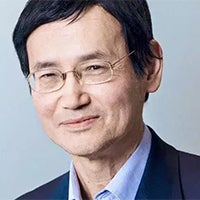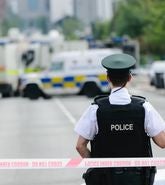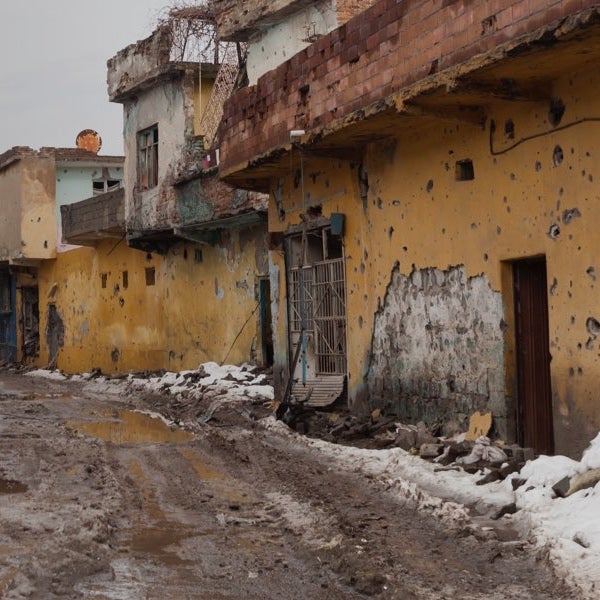Since May 2009, I have regularly been invited as an expert speaker on terrorism risk at the NATO Center of Excellence for the Defense Against Terrorism (COE-DAT) in Ankara, Turkey.
This major security training center is situated in Turkey’s capital, because although all NATO countries are exposed to Islamist terrorism, Turkey also has high exposure to separatist terrorism.
The separatists in question are Kurdish, originally nomadic people, who aspire ultimately to have their own independent homeland. However, Kurdistan is not recognized by Turkey.
Following the dissolution of the Ottoman Empire at the end of the First World War, a Kurdish state was planned, and some political maps of the region indicate the location of Kurdistan. However, even displaying such a map rankles with the Turkish military, as I once found out after a talk I gave at COE-DAT.
There is a long and bitter history of Kurdish separatist political violence in Turkey. Founded in the 1970s as a leftist militant political organization, the Kurdistan Workers’ Party (PKK) has been the principal terrorist threat and is now primarily based in the mountainous Kurdish-majority regions of Turkey and northern Iraq.
The PKK’s demands for regional autonomy, and respect for Kurdish cultural heritage, have rekindled the debate in some libertarian European countries, as to whether Kurdish militants should be regarded as terrorists or freedom fighters.
Perceived support for Kurdish militants among the Kurdish diaspora in Scandinavia had been a reason for Turkey to object to the NATO admission of Sweden and Finland until this veto was lifted at the end of June. On November 8, 2022, Swedish Prime Minister Ulf Kristersson met with Turkish President Recep Tayyip Erdoğan in Ankara, to formalize Turkish approval for Sweden to join NATO.
Terrorism is the language of being noticed. On the following Sunday, November 13, a violent reminder of Kurdish demands was sent to the Turkish authorities when an improvised explosive device detonated in the heart of Istanbul. The PKK, and the associated Syrian Kurdish Militia (YPG), have been identified by Turkish security officials as the most likely perpetrators of the terrorist attack.
In their investigation, Turkish police arrested a Syrian national named Ahlam Albashir, who has allegedly admitted that she entered Turkey via northern Syria, and was trained there by Kurdish militants, although not necessarily directly by PKK, which has denied involvement. From video evidence, the terrorist appears to have been a lone actor, which would have helped escape counter-terrorism detection: too many terrorists spoil the plot.
The deadly Istanbul bomb blast occurred on the pedestrianized İstiklal Avenue in Beyoğlu Square, a shopping area popular with tourists and considered one of the busiest avenues in Turkey. On a Sunday afternoon, this area in the European side of Istanbul was packed with visitors, and the terrorist attack inflicted a significant casualty toll.
Six Turkish citizens were killed; six others were treated in intensive care, two of whom were in a critical condition. These were among the 24 injured and remained in the hospital, while another 57 people were discharged after treatment.
This act of wanton terror in a popular tourist district of a great city with international name recognition sends a message encapsulated in the RMS® Terrorism Risk Model – which includes several potential targets in the vicinity of the explosion in the RMS Terrorism Target Database – that sporadic acts of political violence are an enduring feature of the risk landscape within the NATO alliance.
Find out more about RMS terrorism modeling.






